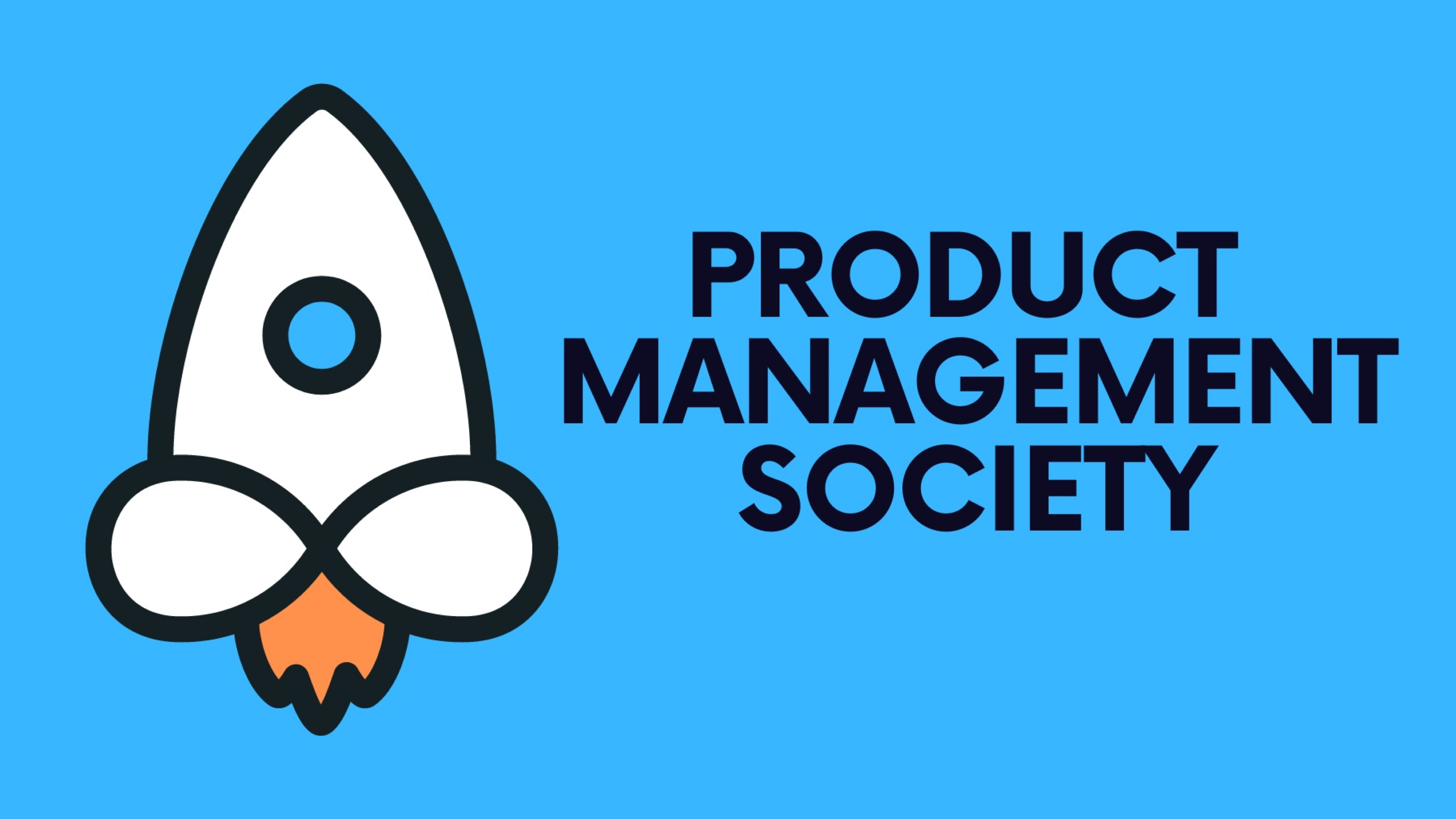Gathering and utilizing this feedback effectively can be the difference between a product's success and failure. This article delves into various tools and techniques for collecting and leveraging user feedback to improve product management practices.
1. Tools for Collecting User Feedback
Choosing the right tools is crucial for gathering actionable user feedback. Here are some popular options:
Thanks for reading Product Management Society! Subscribe for free to receive new weekly posts 🚀
- Surveys: Tools like SurveyMonkey, Google Forms, and Typeform are effective for collecting quantitative and qualitative feedback through structured questionnaires.
- User Testing Platforms: Websites like UsabilityHub and UserTesting provide platforms where real users interact with your product and provide feedback on their experience.
- Feedback Widgets: Tools like Hotjar and Qualaroo allow you to gather in-context feedback directly from your product's interface.
- Social Listening Tools: Platforms like Hootsuite and Mention help monitor social media for mentions of your product, gathering unsolicited feedback and public sentiment.
2. Techniques for Gathering Feedback
The approach to collecting feedback can affect the quality and type of insights you gain. Consider these techniques:
- In-Product Requests: Prompt users within your product to provide feedback at moments when they are most engaged, such as after completing a task or reaching a milestone.
- Email and In-App Surveys: Send surveys to users post-interaction or during onboarding to gather insights on their experience.
- Beta Testing Groups: Engage a community of beta testers who use early versions of your product and provide detailed feedback.
- Customer Support Interactions: Analyze support tickets and chat logs to identify common issues or areas for improvement.
3. Analyzing Feedback
Collecting feedback is only the beginning. The next step is to analyze this data to extract meaningful insights:
- Thematic Analysis: Group feedback into themes or categories to identify common pain points or requests.
- Sentiment Analysis: Use tools that evaluate the emotional tone behind written feedback to gauge customer sentiment.
- Trend Tracking: Monitor feedback over time to identify trends that may indicate shifting user preferences or emerging issues.
4. Acting on Feedback
To truly benefit from user feedback, you must take actionable steps based on the insights gathered:
- Prioritize Changes: Use a framework like RICE (Reach, Impact, Confidence, and Effort) to prioritize feedback based on its potential impact and the resources required.
- Update the Product Roadmap: Integrate the most critical feedback into your product roadmap to ensure that planned updates address user needs.
- Close the Feedback Loop: Communicate back to users about the changes you’ve made based on their feedback. This enhances user loyalty and encourages continued engagement.
5. Best Practices for Leveraging User Feedback
To maximize the value of user feedback, keep these best practices in mind:
- Be Proactive: Don't wait for users to come to you with problems. Regularly reach out for feedback.
- Diversify Feedback Channels: Utilize multiple channels to gather a broad spectrum of insights.
- Establish Continuous Feedback Loops: Make feedback collection and analysis ongoing, not just a one-time event.
- Train Your Team: Ensure that your team knows how to request, handle, and implement user feedback effectively.
Conclusion
Leveraging user feedback is crucial for staying aligned with customer needs and market demands. By effectively utilizing the right tools and techniques to collect, analyze, and act on feedback, product managers can ensure their products continually evolve to meet and exceed user expectations. Remember, the voice of the customer is among the most valuable resources at your disposal.
Stay tuned for our next article, where we'll explore strategies for integrating market analysis into product development for informed decision-making.
If you’re finding this newsletter valuable, consider sharing it with friends, or subscribing if you aren’t already. Also, consider coming to one of our Meetups and following us on LinkedIn ✨
Thanks for reading Product Management Society! Subscribe for free to receive new weekly posts 🚀







